Carat launches largest proprietary consumer insights research system
Continuing its investment in delivering the best consumer understanding, Carat India has launched CCS (Consumer Connection System) 2015. This proprietary and in-depth research has been conducted across 23 cities, covering a sample of over 12,000 respondents across All adults SEC A – C, 15 – 65 years and is also programed to work with the NCCS classification in India. Overall, CCS has a global sample size of over 400,000, making it the world’s largest research of this nature.
Through this large scale research based system, Carat and Dentsu Aegis Network will continue to provide the most advanced understanding of the consumers’ behavior in terms of buying across several categories, with a deep understanding of the capabilities of over 60 media touch points, thereby enabling the most efficient selection of media focused on delivering to marketing KPIs.
Speaking on the launch of CCS 2015, Ashish Bhasin, Chairman & CEO South Asia Dentsu Aegis Network, said “CCS is a global system which we brought to India in 2012. Through the active use of this research, carried out on an ongoing basis every year, we are able to focus our clients’ investments on the most effective media generated by a deep insight into the consumers’ behavior. It is a huge investment of over Rs. 1 crore annually and it demonstrates our commitment to get the best understanding of the complex Indian consumer for our clients. The next steps in the pipeline include the fusion of the consumer data to digital and TV viewing data thus making it the only single source system in India. It is investments like these which have been pivotal in making Dentsu Aegis Network the powerhouse that it is in such a short time. This will only be exclusively available to Dentsu Aegis Network clients.”
The survey threw up numbers which are more reflective of the current Indian scenario especially when compared with other large scale industry surveys. Car penetration has doubled in the last 3 years from 8% to 16% with markets like Chandigarh (at 34%), Gurgaon (at 43%), Noida (at 55%) and Pune (at 30%) topping the surveyed markets.
All the buzz about how the Indian consumer is now digitally connected more than ever is clear from the 53% penetration up from 8% in 2012. Amongst the various segments surveyed, students stood out with 68% ownership of smartphones.
Multiscreen consumption varies across markets but the difference is not as stark as one would assume. While in Metros 42% of the population uses smartphones / tablets while watching TV, the number in Non Metro markets drops only to 36%. Chennai, NOIDA, Mumbai & Pune populations take the lead in this behavior.
Access to Internet is at 48% with 90% of this audience also accessing it through their mobile phones.
Rajni Menon, Exec VP Carat, who leads Insights and Strategy for Carat and the Media Agencies of the group has been spearheading this project since its inception. Speaking on the research, she said “CCS is the most comprehensive single source study available in our market. Apart from having an extremely granular level of touch-point data, it studies the interaction consumers have with media in detail. With increasing ad-avoidance, media engagement, incidence of cross-screen consumption etc. are far more important metrics than reach & time spent.”
“It also answers the most important question that any marketer looks to the media agency for, which touch-points impact the different stages of a consumer’s purchase journey, be it awareness, consideration or advocacy. And this is just scratching the surface of what the study offers.
We already work with our clients on replicating their consumer segments through bespoke research overlays to enable more effective solutions. We are also in the coming months fusing the CCS data with social consumption data & TV viewership data to enable a comprehensive planning stack”.
Digital today is no longer just a media delivery option, it defines who the individual is and how and why they exhibit different behavior patterns. The degree of social behavior present amongst the different audience clusters can help brands craft their social strategies more effectively. Understanding this environment in detail is therefore crucial for effective communication solutions.
Out of Home is another unexplored media territory. Different environments and formats evince different type of reactions from consumers and knowledge of this is key to brands using different messages which can take advantage of this behavior.
The research design is based on CCS globally, while the field was managed through IPSOS using the CAPI methodology with the questionnaire available across 10 languages and rendered on tablets. Extensive use of technology with aspects like GPS tracking of field teams, daily quality checks, audio recording of field interviews ensured that the data quality & authenticity was maintained. Since the questionnaire is intensive, global best practices and techniques were used to ensure that the data doesn’t get compromised by respondent fatigue.
Kartik Iyer, MD Carat India adds “CCS has been a true revolution in media planning. Starting not from a demographic but from an attitude, the tool enables us to target behaviors across demographics which enables a much sharper result oriented planning process. The progression of CCS to CCS planner also enables us to plan to client KPIs which therefore means that our planning has become that much more result oriented. We are delighted with the value that CCS has been able to add to our planning process and look forward to creating business solutions for our clients that are in line with the current consumer behavior of consumers.”


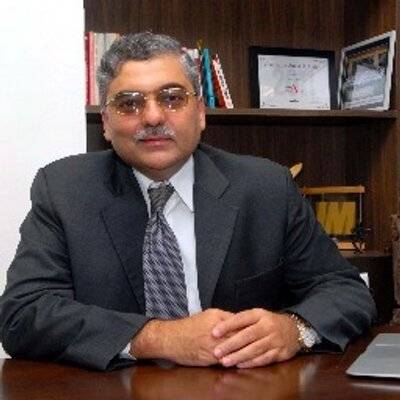
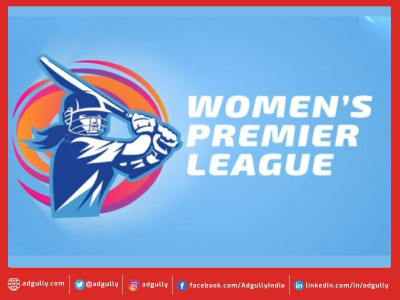
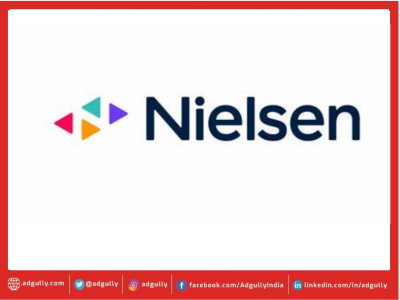



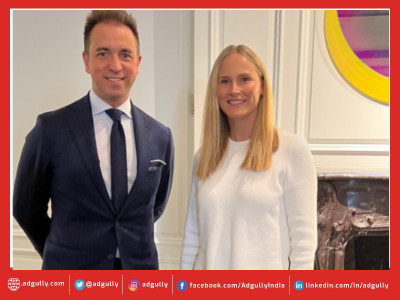


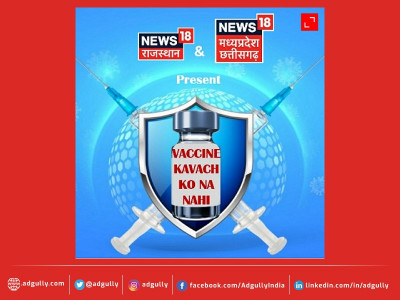
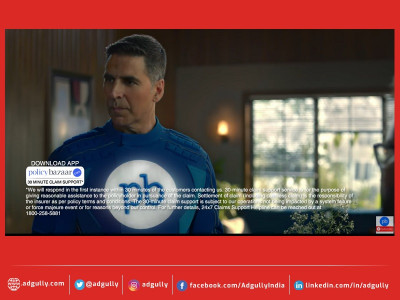



Share
Facebook
YouTube
Tweet
Twitter
LinkedIn